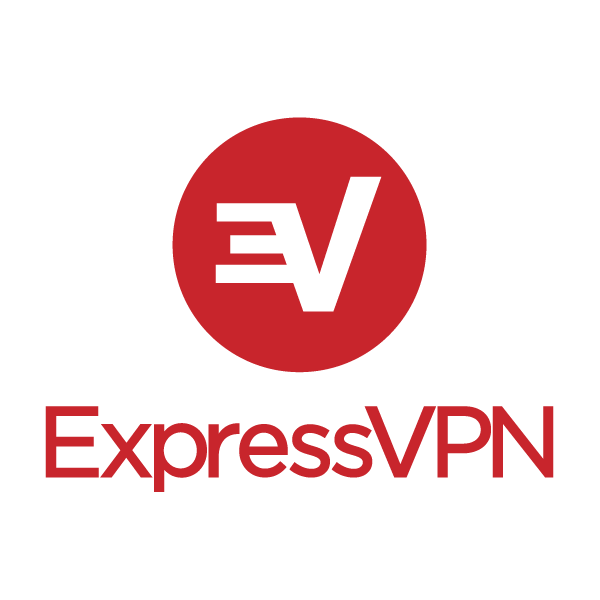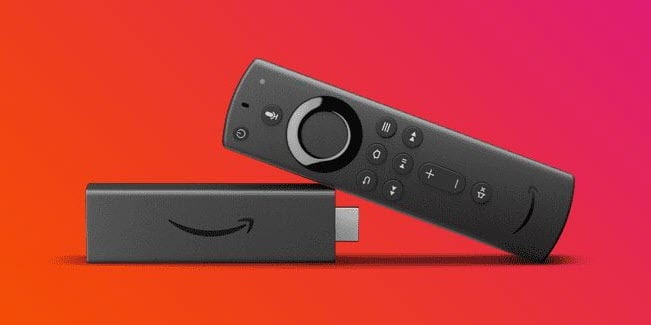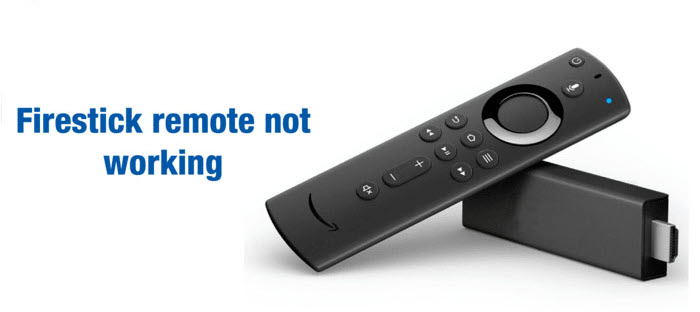Kodi vs. Plex – We Have a Clear Winner Here or Do We?
This article will compare two of the most prominent media players. The Kodi vs. Plex battle will start with an overview of both options. Afterward, we’ll examine their offerings, differences, and similarities to help you decide which best suits your needs.
Kodi and Plex are two well-known media player platforms. Both applications allow you to stream and manage locally stored content, such as music, videos, and photos, making them versatile for home media consumption.
However, when you look past the core functionality, they are pretty different pieces of software.
Plex excels in organizing and categorizing your locally stored digital files. The app also offers free TV and on-demand videos through its Discover feature.
On the other hand, Kodi is highly customizable, open-source software that lets you watch nearly unlimited and usually free content through plugins called Kodi addons.
While Plex prioritizes ease of use and streamlined organization, Kodi stands out for its adaptability and extensive content library through third-party addons. Choosing between the two largely depends on whether you value simplicity or customization in your media setup.
Overview of Kodi & Plex
Let’s take a quick look at both.
What is Kodi?
Kodi is an open-source software media player that organizes and plays your local audio, images, and video files. It also lets you stream content from online sources through special plugins called addons.
When you install an addon on Kodi, you can stream content, including sports, live TV, music, movies, and TV shows.
Kodi works on several devices, such as:
- Linux
- Android
- Windows
- macOS
- iOS
- Raspberry Pi
Kodi is customizable, which makes it popular among media users. You can install Kodi skins to personalize everything, from the home page to the file organization. Whether you wish to transform Kodi to look like Netflix or want a dark theme that appeals to your eyes, Kodi skins make that possible.
What is Plex?
Plex is a digital media player and organization software. It was initially called the Plex Media Server because it let you add, organize, and play owned digital media like DVDs, music, and photos.
Once you’ve added your media files to Plex, you can access them on any Plex-compatible device through the Plex app. This feature also lets you share your digital library with other people.
This aspect is what makes users liken Plex to their own Netflix. You can access your digital files from anywhere, provided you have a Plex-supported device and an internet connection.
Plex also lets you access ad-supported movies, shows, and TV streaming. You can even watch over-the-air broadcasts from your location if you have a compatible tuner and antenna connected to your server.
You can sign up for a Plex pass to unlock more features. It includes live TV, syncing your content to your mobile devices for offline viewing, etc. Some other premium facilities include:
- Cloud storage and syncing.
- Parental controls.
- Plexamp
Comparing Kodi & Plex
Now, let’s compare Kodi and Plex on multiple grounds.
Content Availability
Plex launched its streaming service in 2010. It provides an ad-supported experience for watching movies, live TV, podcasts, web shows, and other content. The service works smoothly in around 200 countries.
In 2020, Plex partnered with Crackle, significantly boosting its catalog to over 50,000 titles. Crackle offers a variety of TV shows and movies from renowned studios like Lionsgate, MGM, and Legendary. So, Plex provides a package with access to 600+ live channels and a vast library of 50,000+ on-demand titles right from the start.
Kodi doesn’t include any preloaded content. Instead, it focuses on organizing your locally stored or network drive-based movies, shows, music, and photos.
Content availability on Kodi depends on addons—plugins that aggregate streams and streaming links from the Internet. Addons let you access tons of content on the web, including movies, TV shows, live channels, sports, CCTV feeds, and more.
While Kodi provides a bunch of official addons, you can install many more third-party options.
Plex may be advantageous regarding right-out-of-the-box content, but Kodi is equally able due to its official and third-party addons.
Compatibility
Kodi works on various devices and platforms, including:
- Windows
- macOS
- Linux
- Android
- Android TV
- Raspberry Pi
- iOS
Moreover, you can install the app on streaming devices like the Amazon FireStick, Nvidia Shield, and Xiaomi Mi Box. However, the process is not clear-cut on some devices.
For instance, Kodi is not available on the Amazon App Store. To install Kodi on the FireStick, you must follow a sideloading process known as jailbreaking. It is even more complicated on Apple devices.
In contrast, Plex is available on more than 14 platforms and devices. The media player is compatible with:
- Windows
- macOS
- Linux
- Android (including Fire TV/FireStick devices)
- iOS
- Gaming Consoles and more
Not only that, but you can download Plex from all major app stores. Moreover, it also works smoothly on various streaming devices, like
- FireStick
- Roku
- Android TV
- Apple TV
- Chromecast
- Sonos
You can also find Plex on major browsers like Chrome, Firefox, Edge, and Safari. Plex has the upper hand with compatibility.
Pricing
Kodi is an entirely free media center service. It is free to download and install on compatible devices, and you don’t need a subscription.
In contrast, Plex works on a freemium model. You can use the free version or get a premium subscription (a Plex Pass). The free version offers several features, including server playback, live TV, and on-demand content.
A Plex Pass will cost you $4.99 per month or $39.99 per year. A lifetime plan is also available at $119.99.
Plex Pass unlocks offline saving, Plexamp, Plex Dash, and Plex Labs apps. In addition, you get DVR recordings of over-the-air broadcasts, themes, advanced settings, HDR tone mapping, and more.
Both media players offer a lot of free stuff. Your choice is up to you, depending on your needs and budget. Kodi may offer more at no cost, but you’d need to acquire and set up reliable third-party addons.
Customization
Kodi is an open-source software, which makes it flexible and easy to customize. You can personalize your Kodi experience the way you see fit. For example, you can install your Kodi skin (theme) to transform the software’s appearance.
On the other hand, Plex doesn’t offer as many customization options apart from applying paid multi-color themes and modifying some home elements.
Plex is more centered around uniform control, but this doesn’t mean Plex is inferior. Its default designs have great aesthetic vibes and appealing graphics.
Kodi has all the chips on the table in the customization field. But if you are okay with Plex defaults, you may try.
Media Sharing
Plex features a single, central media database that you create on your device using its server software. You can share your server with up to 100 clients to stream what’s available on your server.
You can connect your local devices to the server and stream content seamlessly. This includes progress tracking, multi-device viewing, downloading, and more.
Kodi doesn’t target mass media sharing. This software creates an independent database for every new installation instance. So, it focuses on only local media streaming rather than sharing it with others.
While it’s possible, media sharing on Kodi is complex. Plex takes the vote because it primarily focuses on media sharing.
The Verdict
With Kodi, you get a highly customizable media center for free. Its open-source nature allows you to make it as personal as you like.
Whether you want the software to resemble your favorite video game or Netflix, you can customize Kodi accordingly.
Kodi also offers a massive library of official and unofficial addons. Once you install the correct addons, you can stream movies, TV shows, live TV, music, and more on Kodi.
However, Kodi doesn’t offer remote access to local media when you are away or offer media-sharing capabilities.
Plex handles your media organization and streaming on (and across) more devices than Kodi can offer. It does this while looking good out of the box, even though it sacrifices personalization. Remember that Plex is not entirely free as proprietary software, and there are no addons you can add.
For good reasons, Kodi and Plex are the market leaders in the media player niche. When it comes down to choosing one option, you need clear goals.
For instance, Kodi can be a great choice if you don’t plan on sharing your media library with friends or family. On the other hand, if you are looking for a media player with readily available content and one that doesn’t involve setting up plugins, Plex will do it.
Kodi vs. Plex—the choice is yours. So, which media player do you prefer? Let us know in the comments below!
Best VPN

30-day money back guarantee













